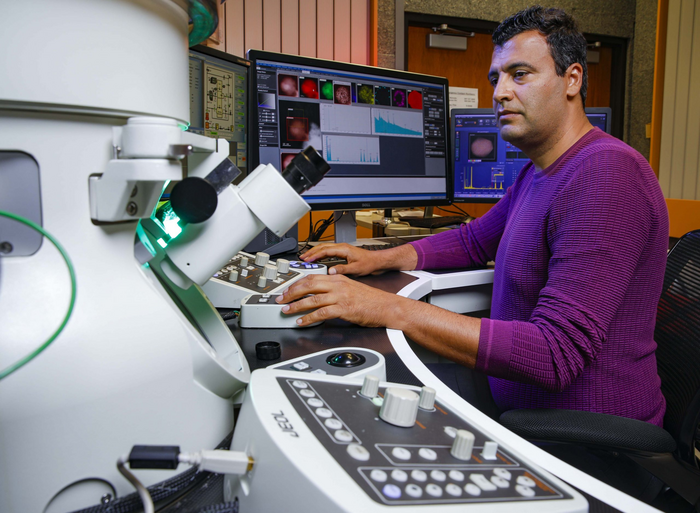As concerns ramp up around the cost, availability of materials, lifetime, and safety of lithium-ion batteries, alternative materials and chemistries for battery energy storage are under investigation. And with growing demand for energy storage coming from various industries and regions, it’s likely that we’ll see a few new battery concepts make their way into commercial production over the coming years.
Aqueous zinc batteries that couple a zinc anode with a manganese dioxide cathode have shown strong technical potential, and could be made from materials that are cheap, abundant and non-toxic. This type of battery, however, is still at an early stage in development and scientists have not fully understood the mechanism by which it recharges.
A group of scientists led by the University of Illinois Chicago (UIC) have set out to clarify this by using the latest microscopic imaging techniques. They ended up making an unexpected discovery.
“Zinc and manganese separately have very favorable properties for high-quality sustainable batteries; however, when paired in a full system their intercalation – their rechargeability – has been debatable, with some recent studies suggesting zinc insertion and deinsertion in manganese dioxide is responsible for the rechargeability of the cells,” said Reza Shahbazian-Yassar, professor of mechanical and industrial engineering at UIC. “With this study, we showed there is actually no microscopic evidence of zinc reinsertion into manganese dioxide, and what was previously thought to be indicators of recharging was from positively charged hydrogen ions being inserted in the manganese, not zinc.”
Tunnel damage
The group observed that the structure of the manganese dioxide cathode is distorted and damaged by the uptake of hydrogen, further reducing its potential as a useful rechargeable battery. They described their findings in “Understanding intercalation chemistry for sustainable aqueous zinc–manganese dioxide batteries,” which was recently published in Nature Sustainability. The group fabricated zinc-manganese dioxide and tested them over 100 cycles, recharging the batteries while using electron microscopy to see what was going on at the atomic level.
This improved knowledge of the battery’s mechanisms will open new doors in the future.
“The information we’ve obtained with these experiments reveals important atomic insights into the mechanisms of the zinc-manganese battery,” Shahbazian-Yassar explained. “Now that we know what is happening at the cell level, we have a compass for finding better strategies.”
This content is protected by copyright and may not be reused. If you want to cooperate with us and would like to reuse some of our content, please contact: editors@pv-magazine.com.




1 comment
By submitting this form you agree to pv magazine using your data for the purposes of publishing your comment.
Your personal data will only be disclosed or otherwise transmitted to third parties for the purposes of spam filtering or if this is necessary for technical maintenance of the website. Any other transfer to third parties will not take place unless this is justified on the basis of applicable data protection regulations or if pv magazine is legally obliged to do so.
You may revoke this consent at any time with effect for the future, in which case your personal data will be deleted immediately. Otherwise, your data will be deleted if pv magazine has processed your request or the purpose of data storage is fulfilled.
Further information on data privacy can be found in our Data Protection Policy.